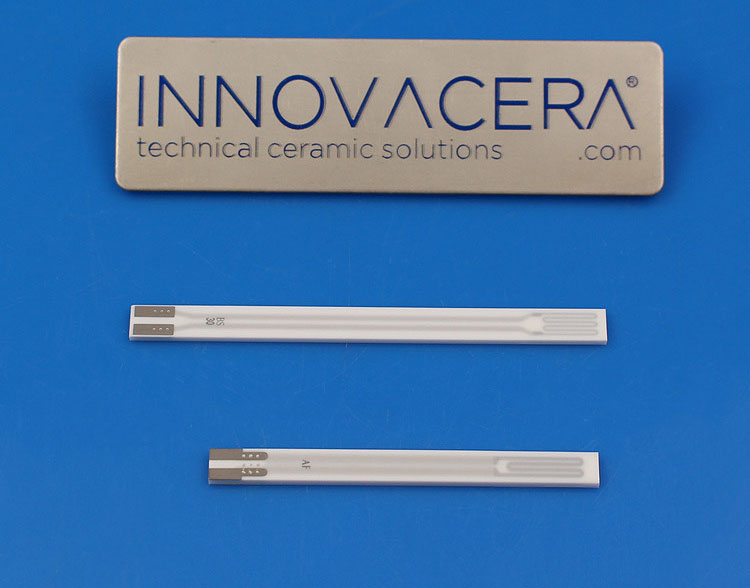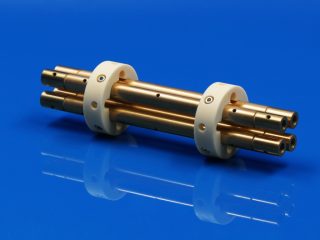
The oxygen sensor is a key part to control automobile exhaust emissions, reduce automobile pollution to the environment, and improve automobile engine fuel combustion quality through feedback information. It will be of great significance in advocating energy conservation and emission reduction today.
The oxygen sensor consists of an internal ceramic material (called zirconium dioxide) and a porous platinum coating and is protected by a metal casing. Its performance is based on the change in the properties of ceramics at high temperatures, allowing oxygen to diffuse out of the air.
It operates according to the difference in the concentration of oxygen in the exhaust gas and outside air and produces a voltage of 50 mV to 900 mV. The working principle of the oxygen sensor is very simple. In layman’s terms, it is similar to the battery. The zirconium oxide element inside the sensor has the same effect as the electrolyte in the battery. The basic working principle is to use high temperature and platinum as a catalyst under certain conditions, and use the difference in oxygen concentration between the inside and outside of zirconia to generate a potential difference, so the greater the concentration difference, the greater the potential difference. Through the feedback voltage and potential difference to identify the oxygen signal. The main CPU in the car will control the air-fuel ratio according to the voltage signal of the oxygen sensor to adjust the fuel injection pulse width, and play the role of fixed-point fuel injection to achieve no waste and save energy and reduce emissions.




 Enquiry
Enquiry